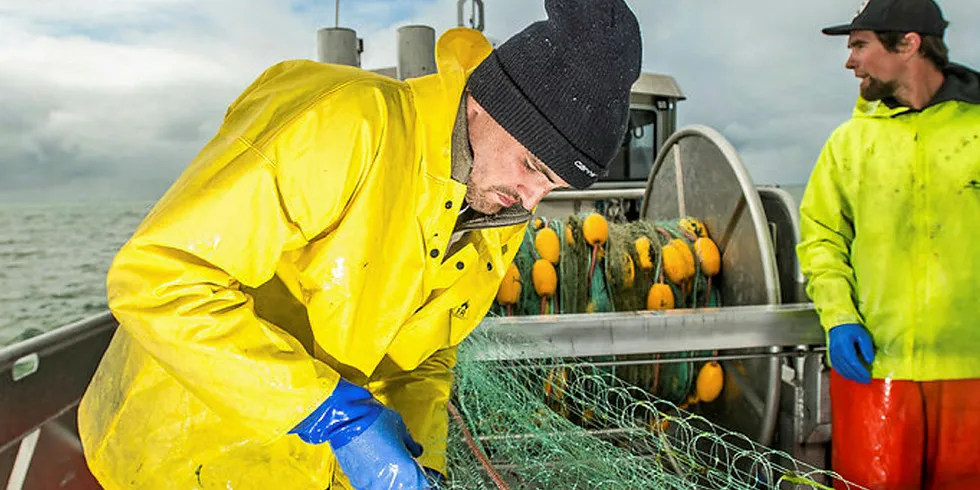As Copper River salmon season nears, industry prepares for the coronavirus 'new normal'
The coveted 'first fish' of the Alaska salmon season could be in for a rocky start.

The coveted 'first fish' of the Alaska salmon season could be in for a rocky start.
